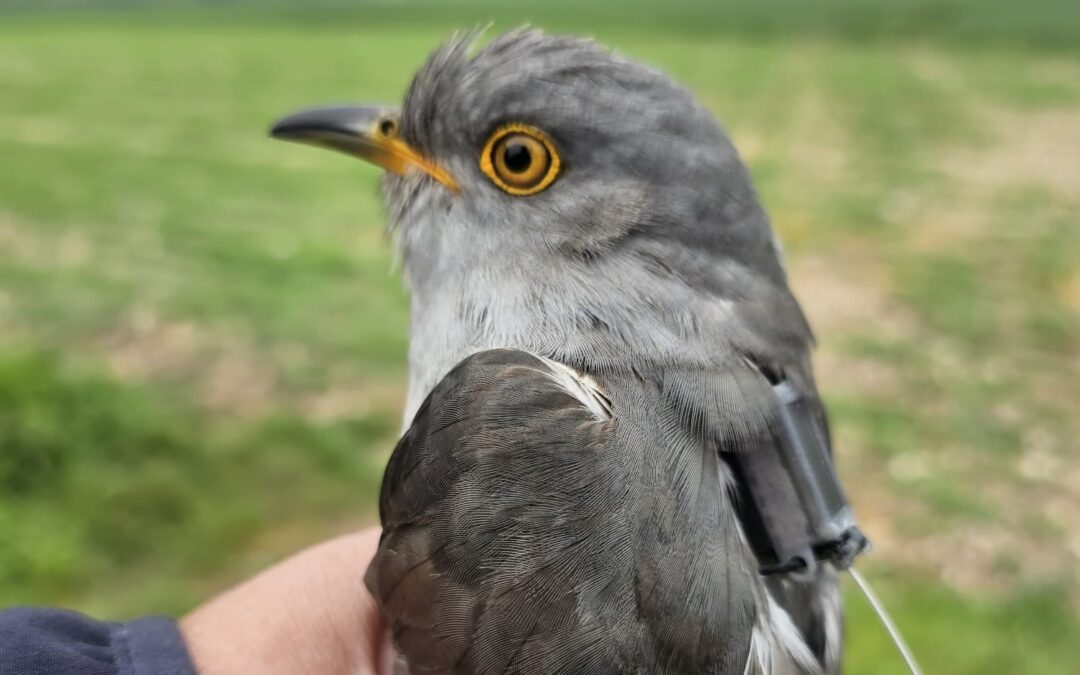Notes on Nature at the Wiston Estate
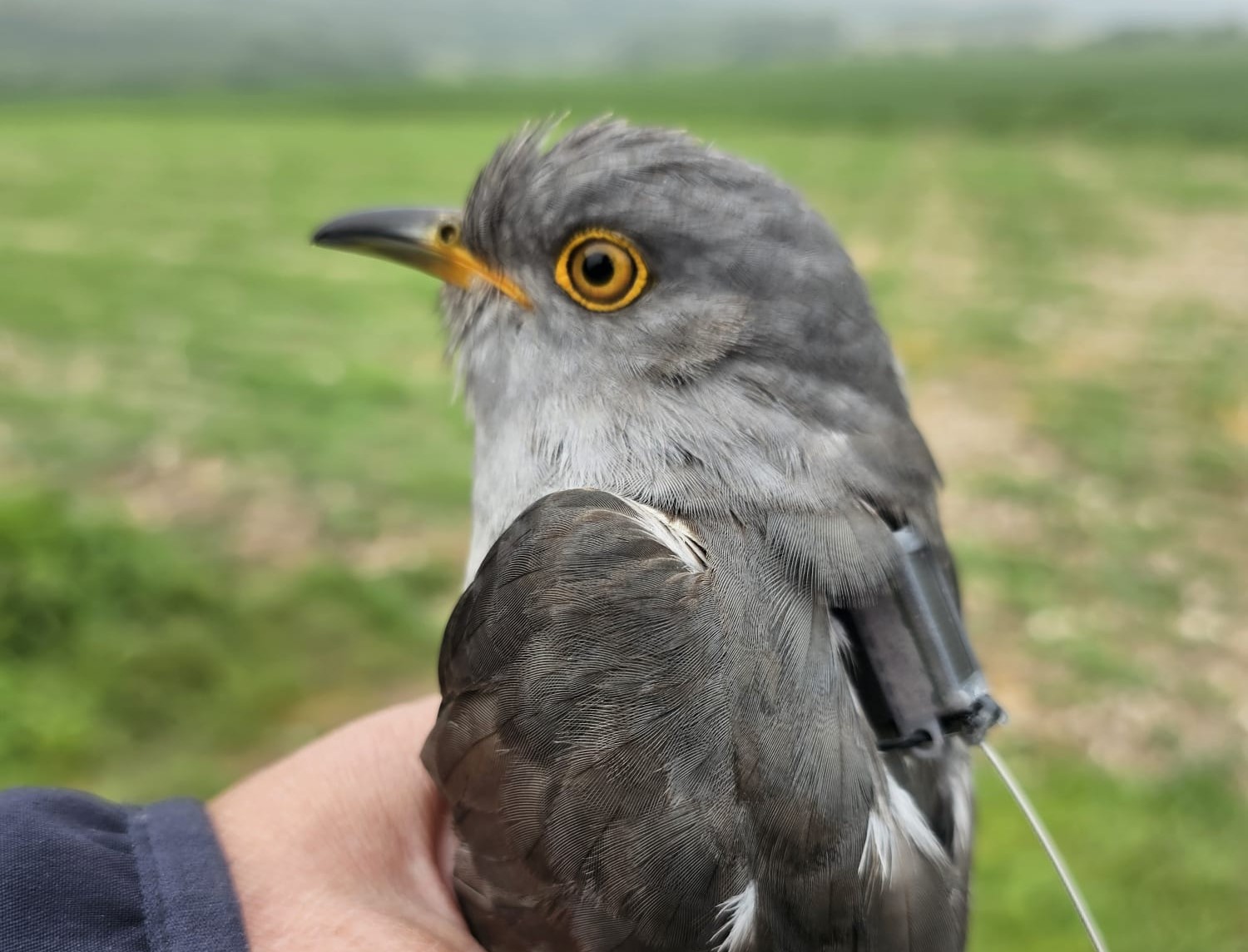
We were recently visited by the Game & Wildlife Conservation Trust (GWCT), on their annual Sussex Study field trip. Incredibly, this is their 56th season collecting data at Wiston and other local farms, and is the world’s longest-running monitoring project focused on the effect of farming practices on the fauna and flora of arable land. They take insect samples using a huge suction sampler, and look at crop health and arable wildflowers around the sample area. The project was initiated by Dr Dick Potts in 1968 to investigate the decline of Grey Partridges on the South Downs. If you’d like to learn more about the study please take a look at this webpage where you’ll find some useful information and a video: https://www.gwct.org.uk/research/long-term-monitoring/sussex-study/
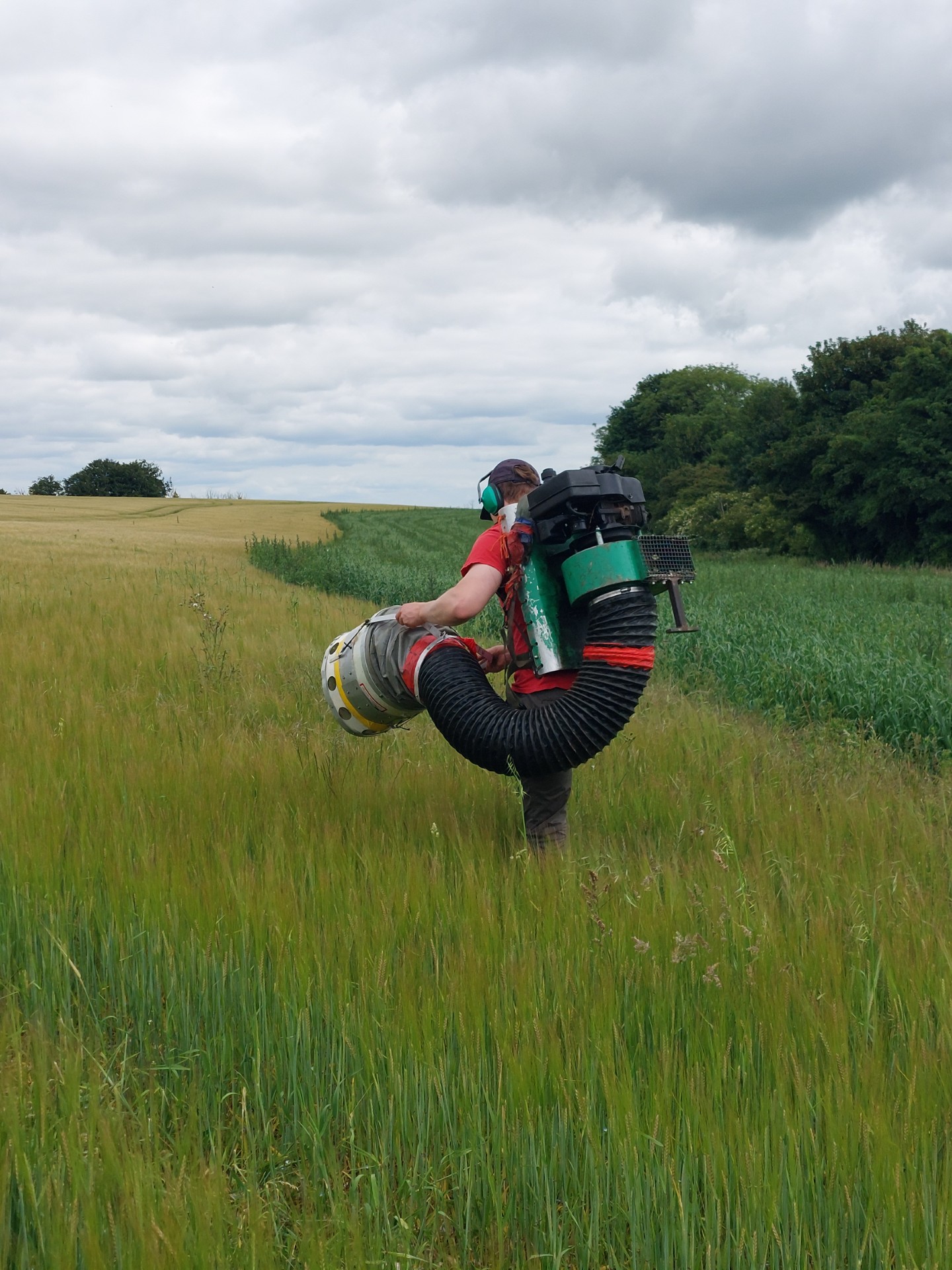
The British Trust for Ornithology (BTO) catches a few Sussex Cuckoos each year for satellite-tagging, and we were delighted that we were able to provide a good candidate – a male which had been frequenting the Well Bottom area, just south of Chanctonbury Ring. A rucksack-like tag was fitted to the Cuckoo’s back and will relay data back to the BTO (when it comes in to 5G range) to help understand more about this red-list bird of conservation concern by providing detailed locations on its migration routes as it flies between here and the Congo Basin. The data collected will help aid Cuckoo conservation. The Cuckoo tagging project has been running since 2011 and our Wiston bird is trialling a new model of French tag – it doesn’t send data so often but when it does it will be more detailed.
For more information please take a look at the BTO Cuckoo blog (our Cuckoo isn’t on there due to the different tag type): https://www.bto.org/get-involved/volunteer/projects/cuckoo-tracking/updates
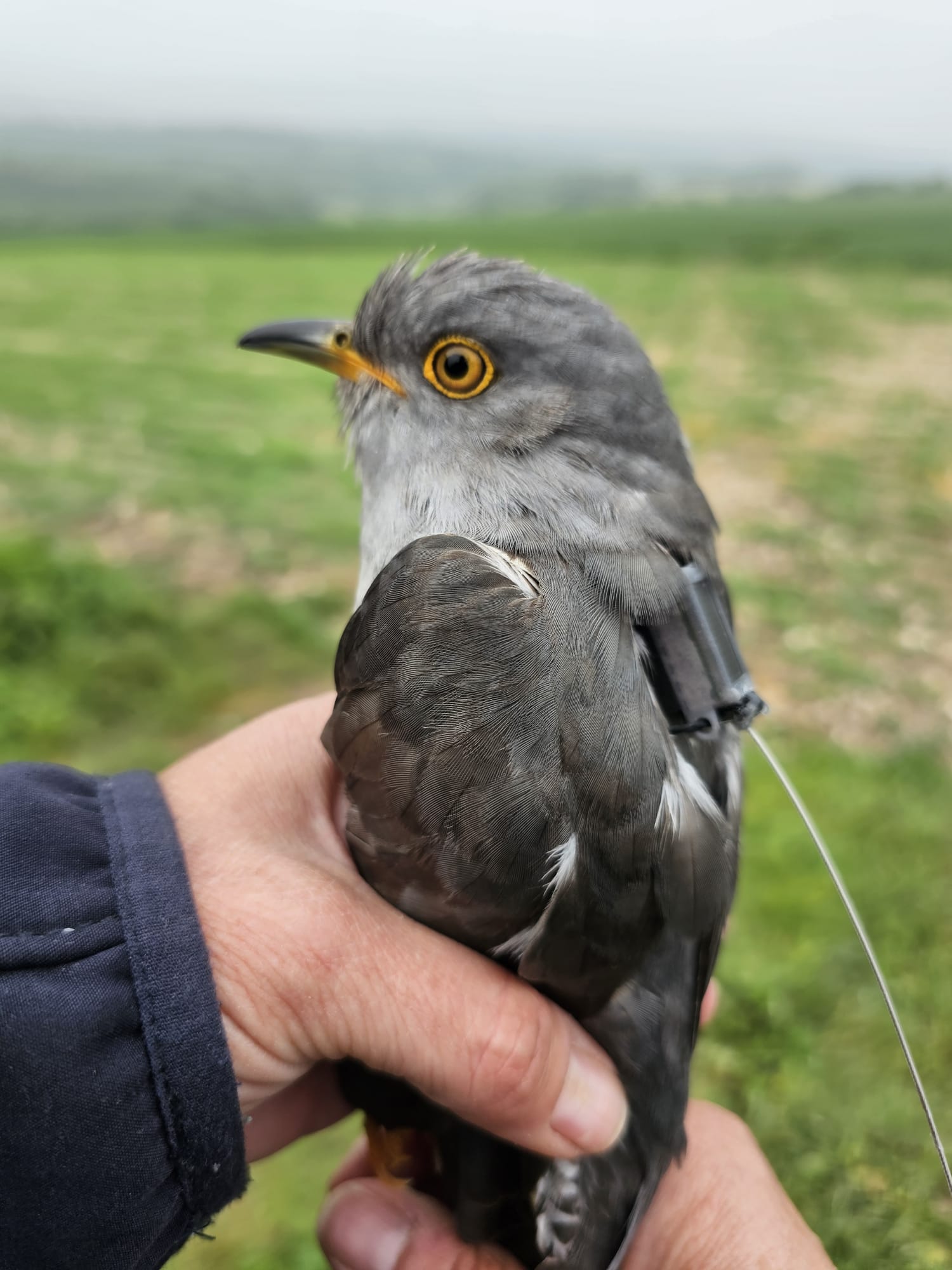
I was rather excited to hear a singing Quail on my May farmland bird surveys! It’s a scarce summer visitor to the UK, migrating from the Sahal belt in sub-Saharan Africa which is a distance in the region of 3,500km – not bad for a small bird that doesn’t look like it can fly far. With only two or three recorded in Sussex each year this is definitely the star bird species for me so far this survey season.
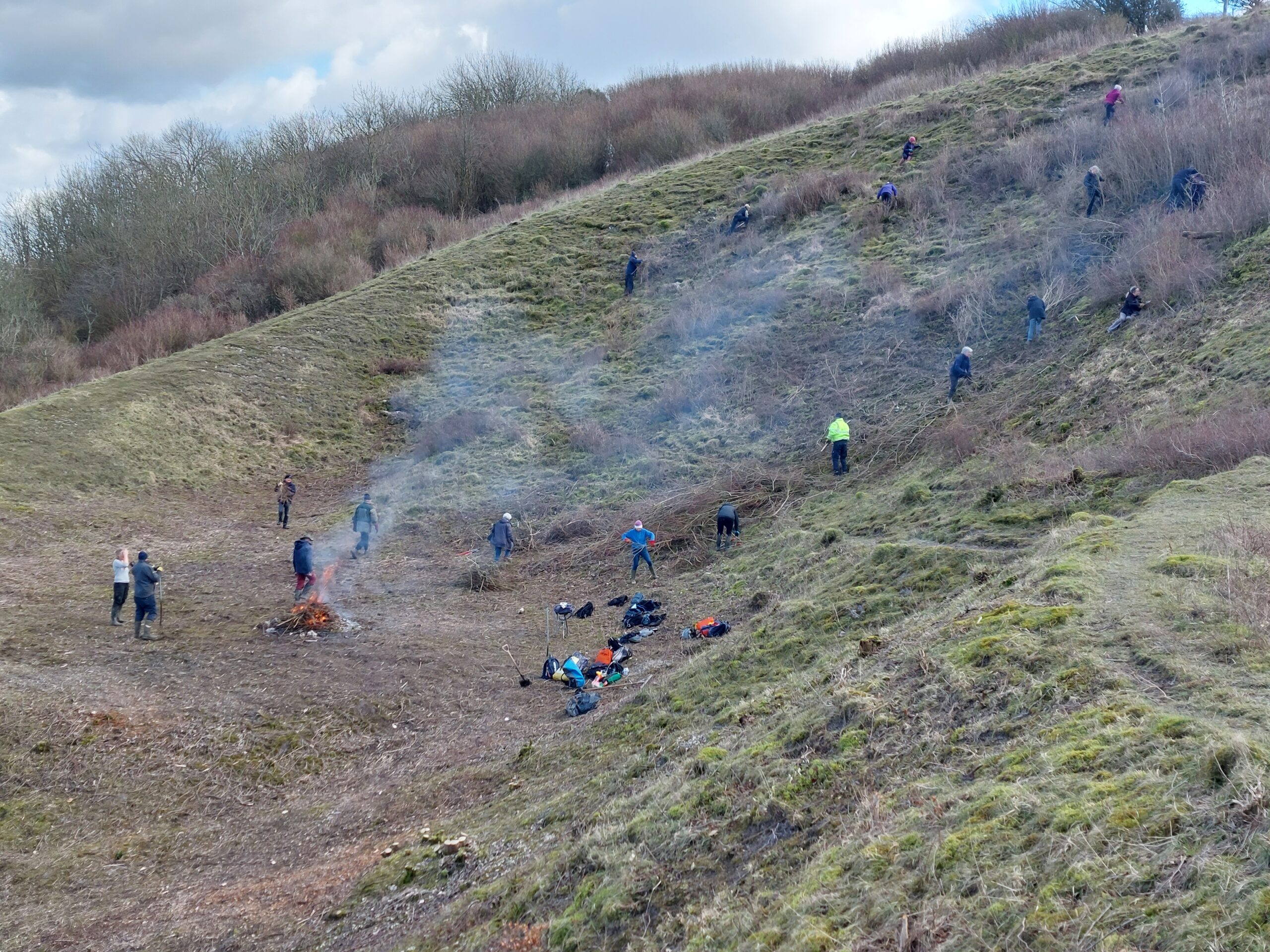
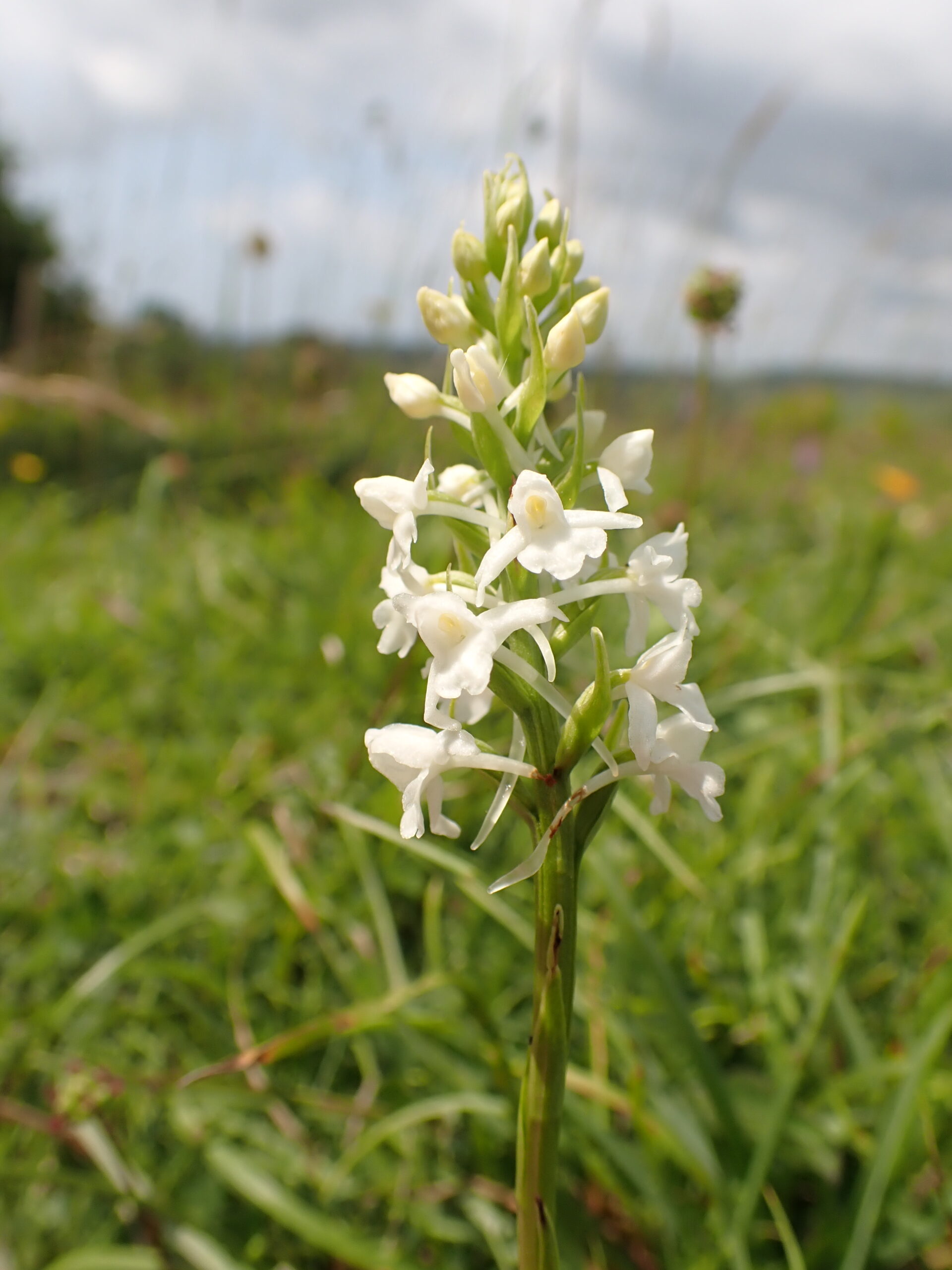
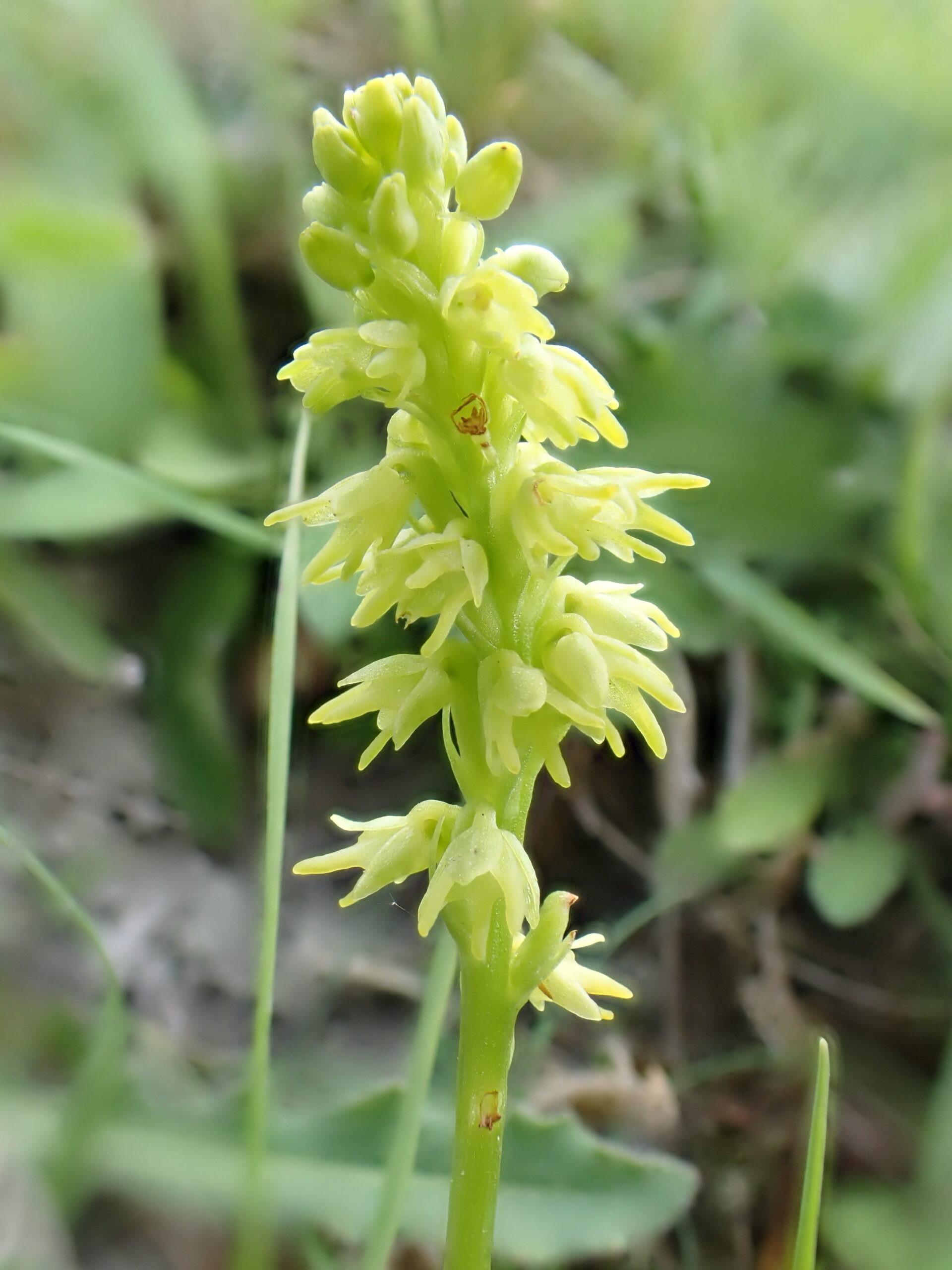
The winter habitat management works carried out at Washington Pits Local Wildlife Site in partnership with South Downs National Park Authority (SDNPA) rangers, contractors and volunteers, and Wilder Horsham District volunteers, has worked wonders; it’s been the most amazing year for wildflowers and butterflies there. The removal of some encroaching woody species has enabled a wide variety of rare chalk grassland flowers and butterflies to thrive. The Duke of Burgundy butterfly, one of the target butterflies, was recorded as were Chalkhill Blues, Dingy Skippers, Silver-spotted Skippers and Small Blues, amongst others. More work is planned for this winter coming!
By Penny Green, Ecologist at the Wiston Estate
